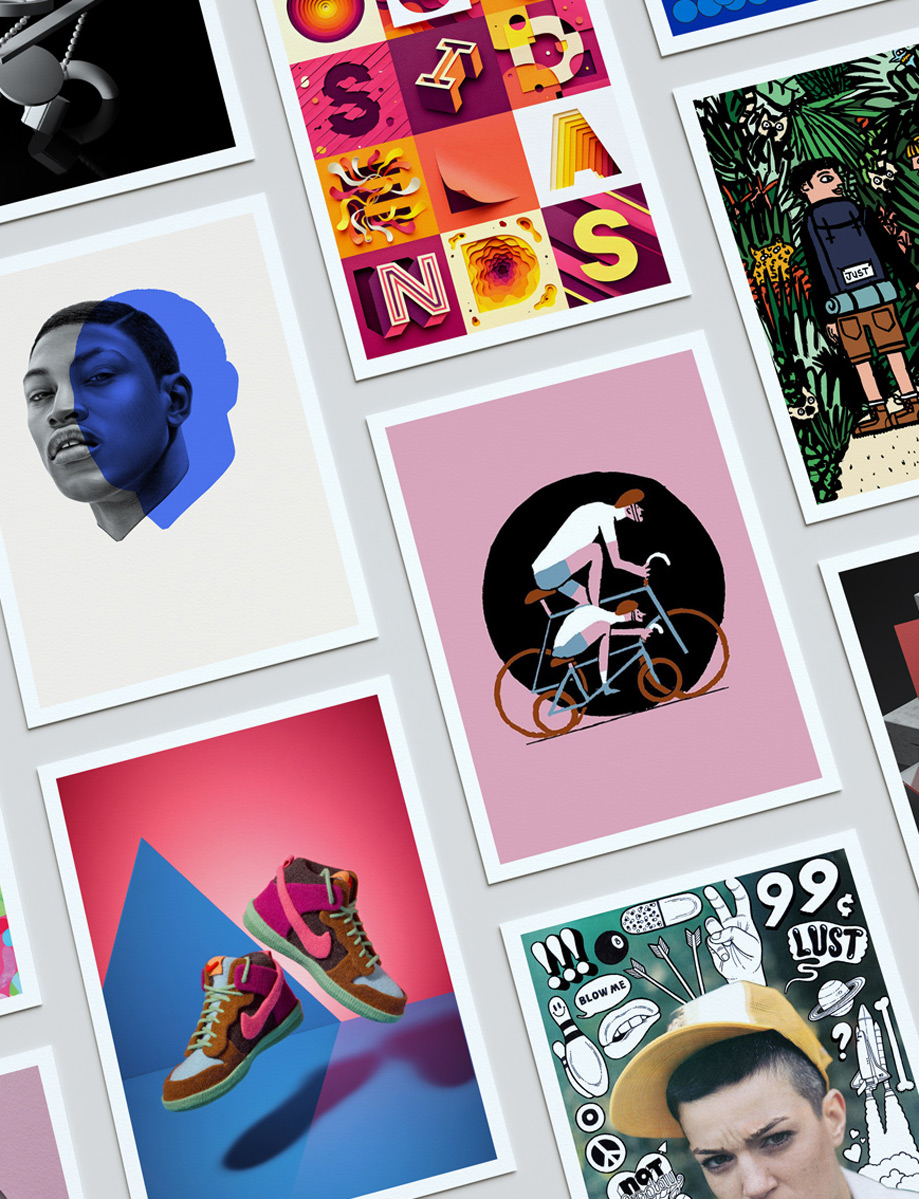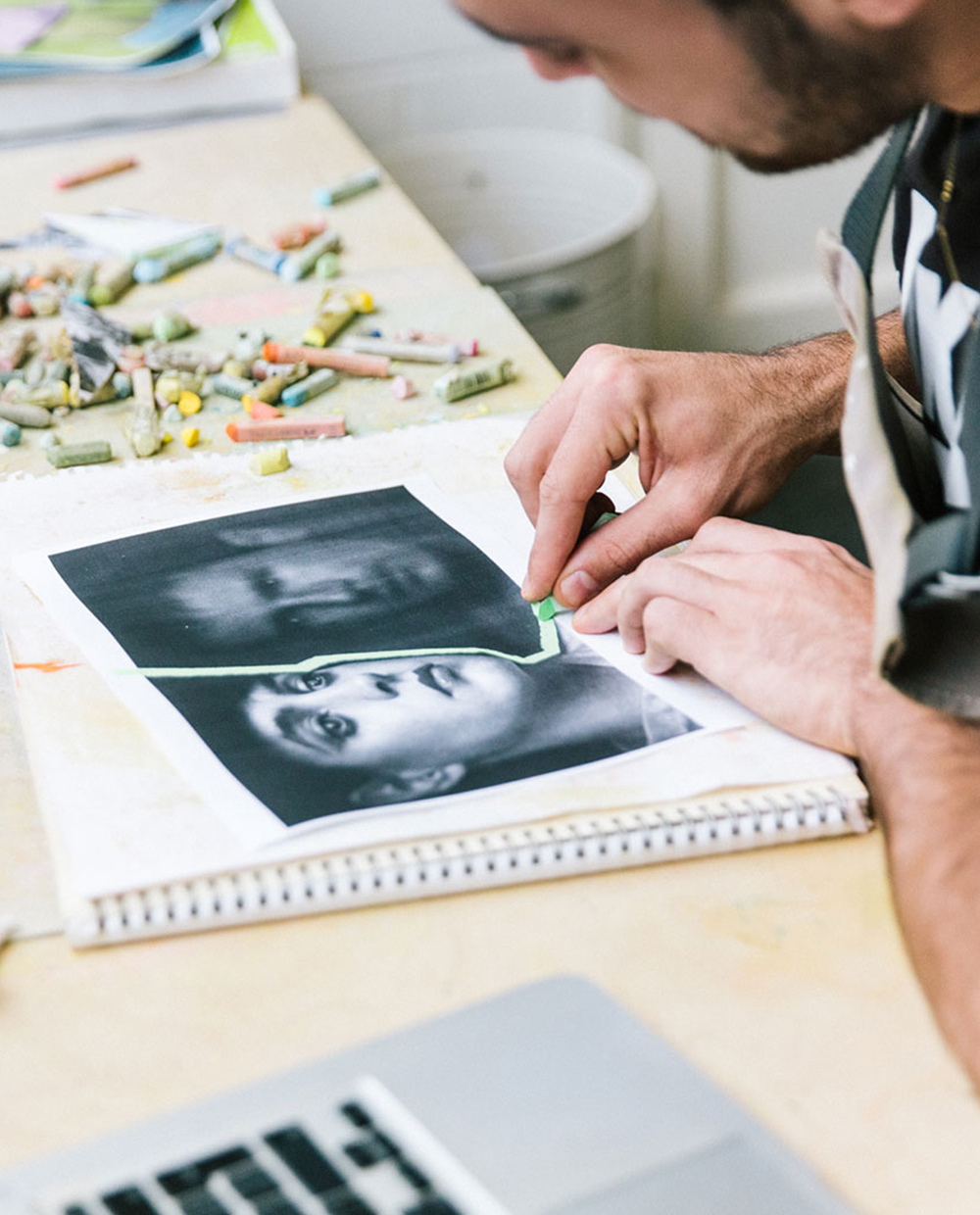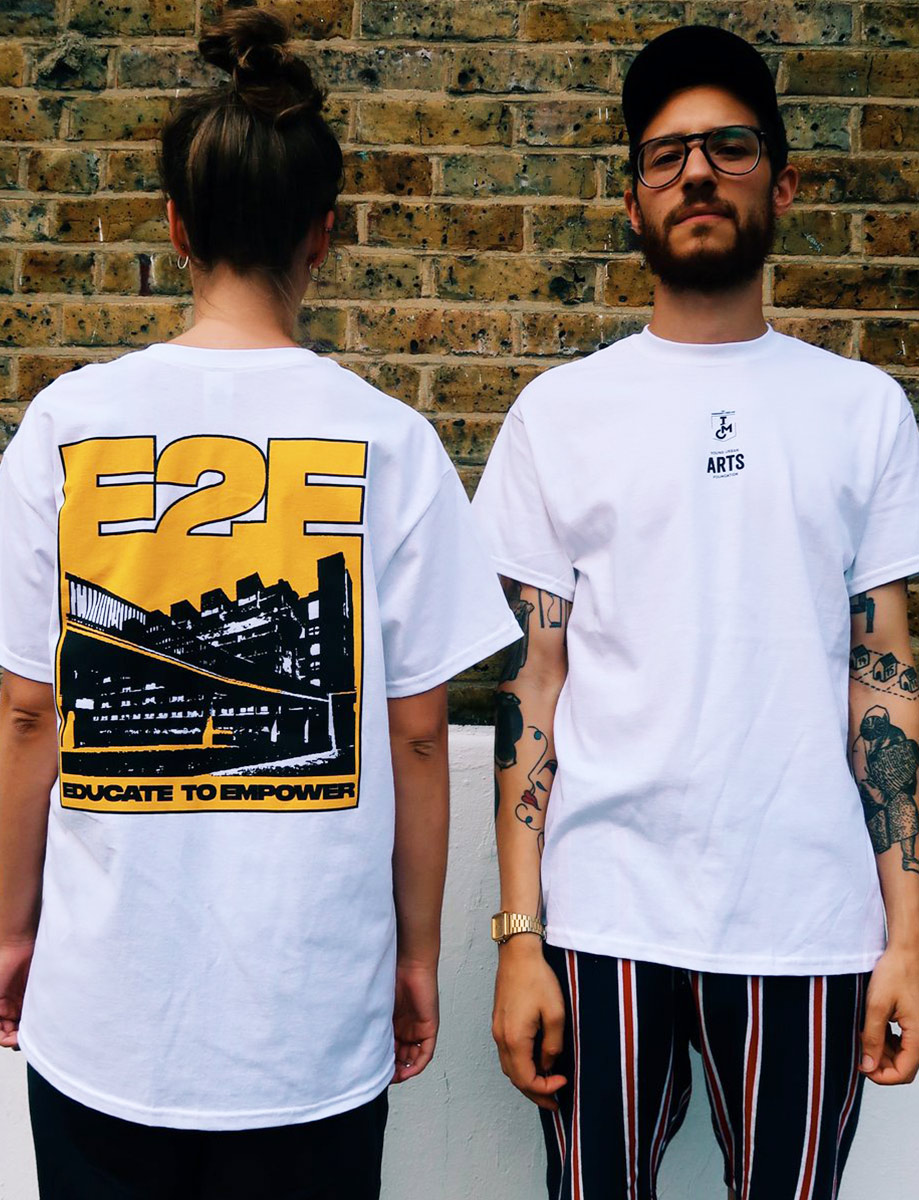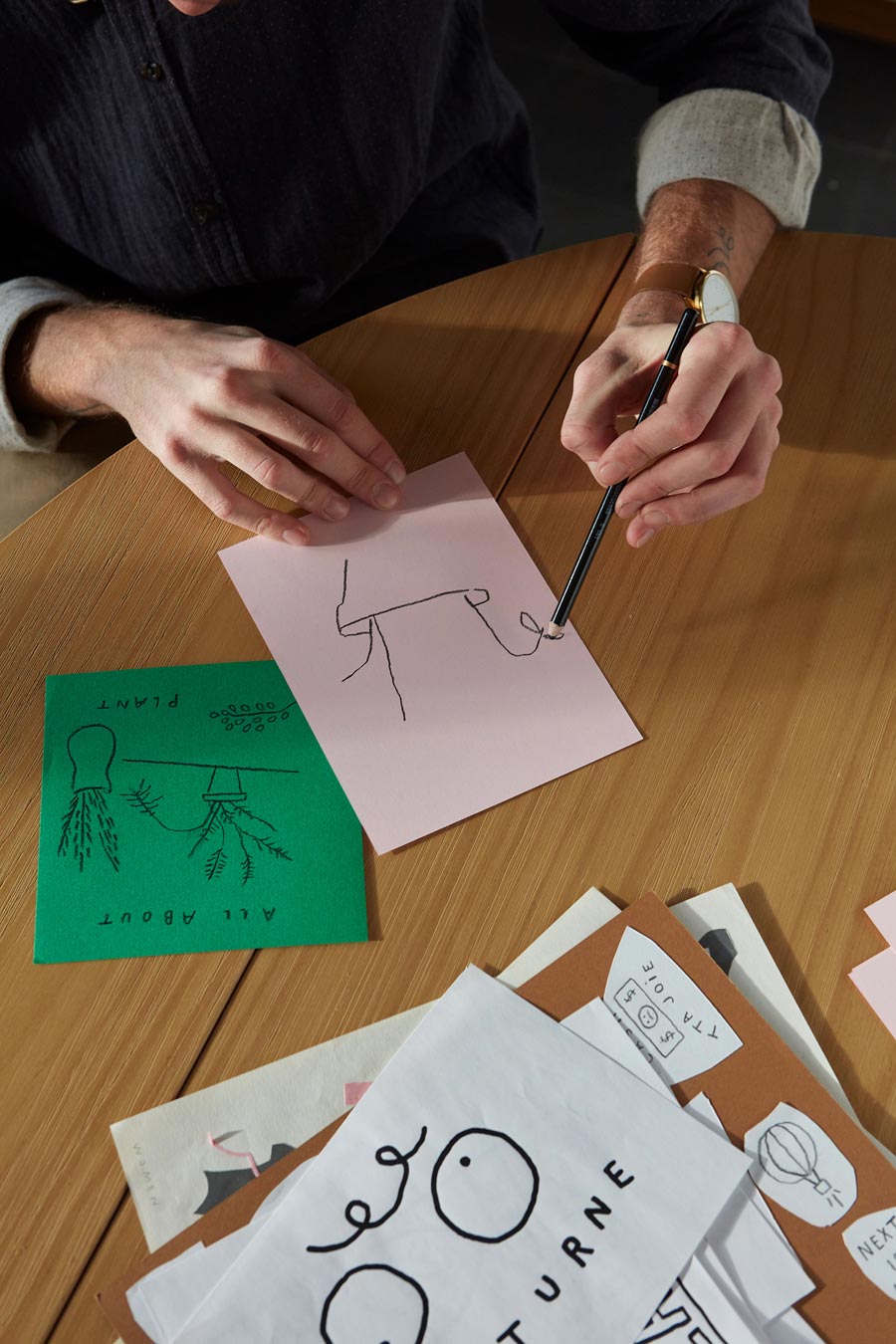Why did you set up the agency in the first place?
We wanted to bring together a roster of creatively tenacious artists that we were able to work with closely and support on a one-to-one level. We saw Grand Matter as a way to elevate personal projects as much as commercial, grow with our artists and their needs, and ultimately create an agency based on meaningful relationships. And I’d say another of our goals was to be able to give something back to society too and initiate our own collaborations and projects for social good.
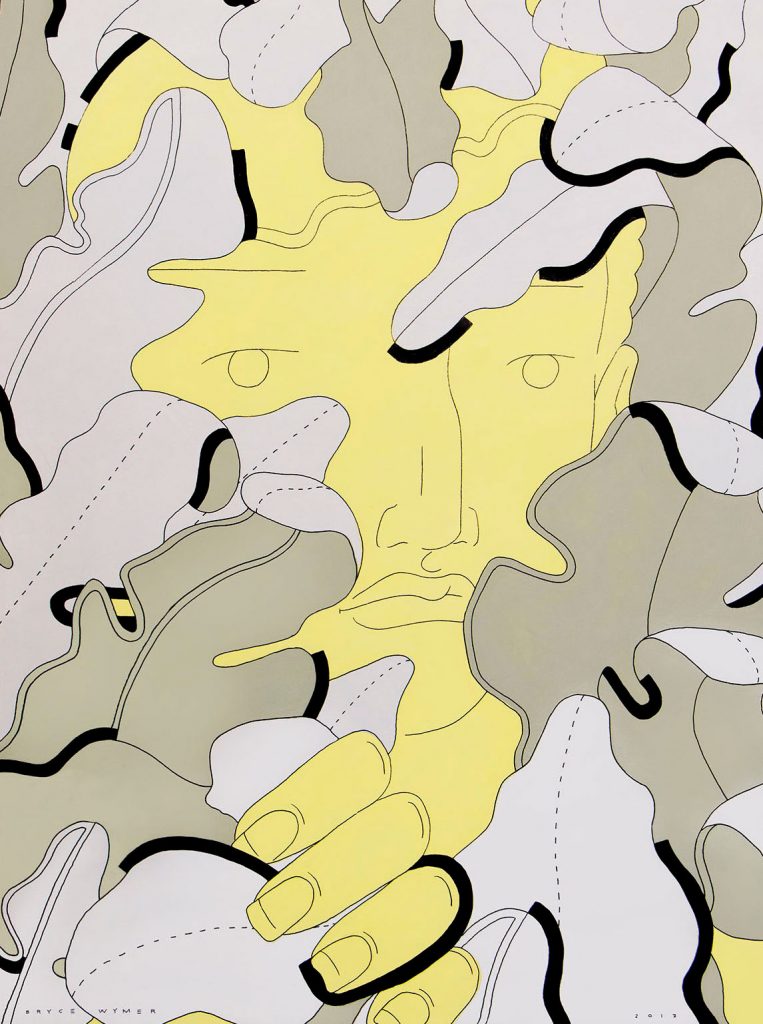
We saw Grand Matter as a way to elevate personal projects as much as commercial
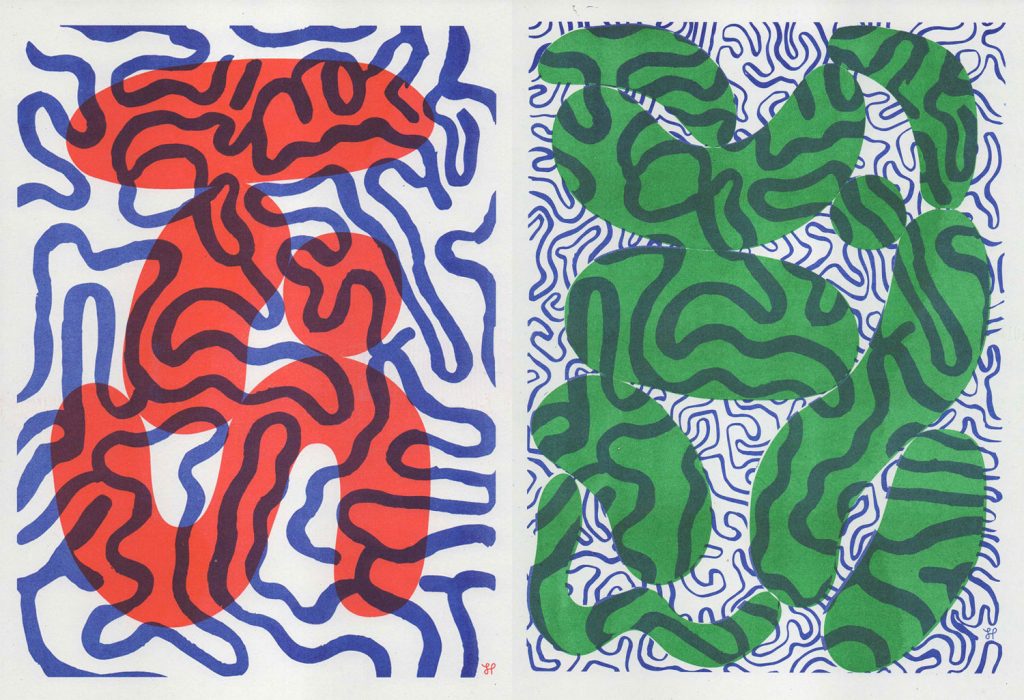
What role do you think artist agencies play in the creative industries today, and how has this changed over the past decade?
The creative industry has changed rapidly over the past decade, especially because of social media, which has given a platform to artists that didn’t exist 10 years ago. This levelling out of the playing field has been great in promoting diversity of creative talent in some respects, with the rise of the so-called ‘DIY generation,’ who create their own opportunities.
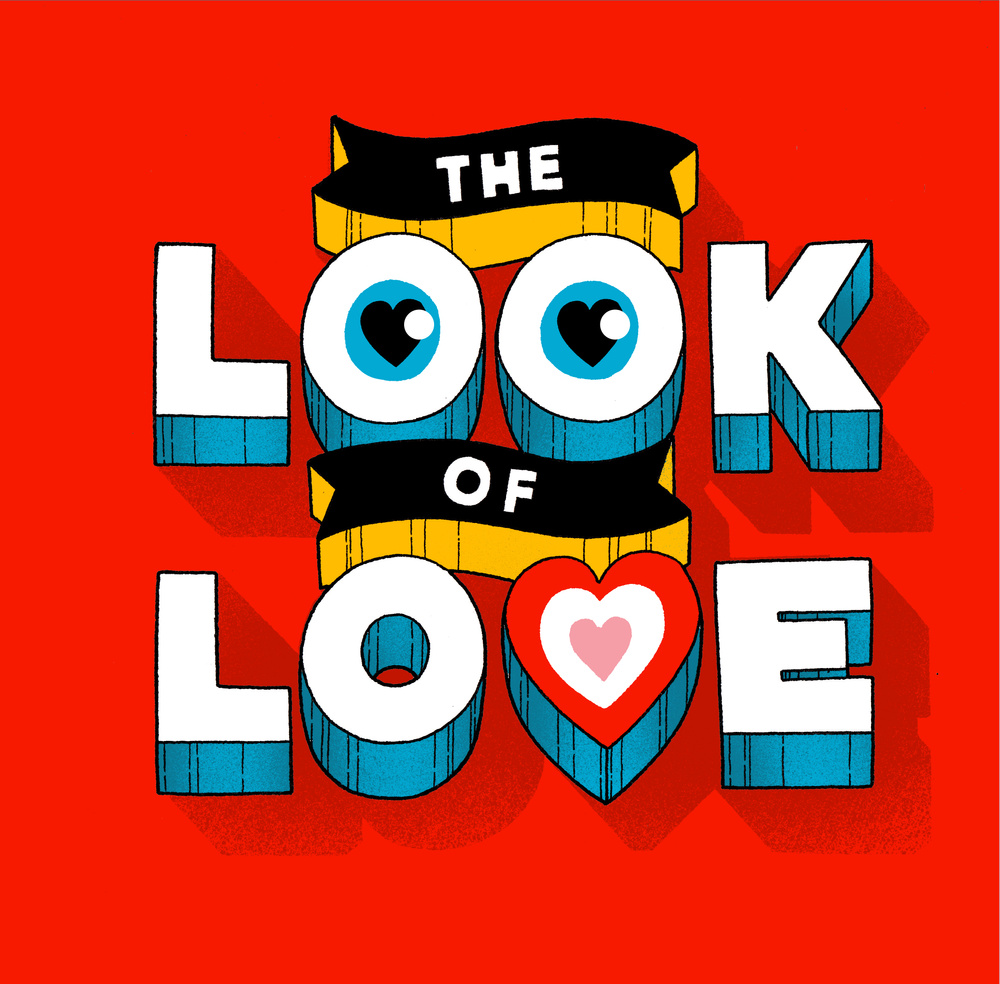
As agents, there’s a lot more emphasis on supporting artists and clients, and personal relationships seem more important than ever. By initiating our own projects as well we’re able to develop new avenues for our artists and try out new ideas; our client is list is very organic.
How do you decide which artists you’d like to work with? What qualities do you look for?
As a small agency, we’re looking to grow our roster quite slowly and deliberately so that we can make sure we’re able to dedicate enough time to all our artists. With this in mind, everyone we represent is very different and brings something new to the agency. It’s really important to us that each artist has a unique voice, and that this comes through in their work.
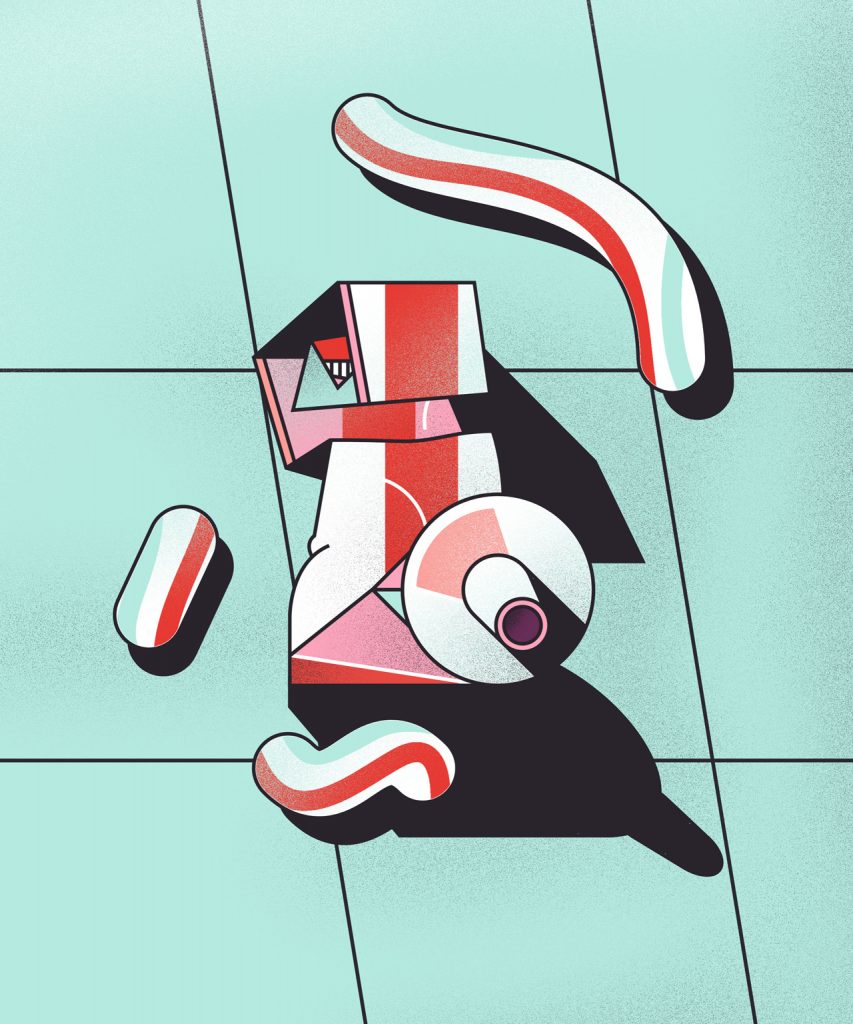
A lot of our artists work across multiple disciplines and don’t restrict themselves to one medium. Alec Doherty for example, while working as an illustrator in the traditional sense, also designs and makes his own jewellery as well as larger scale sculptural pieces. It’s this kind of versatility that really helps an artist stand out to us as agents.
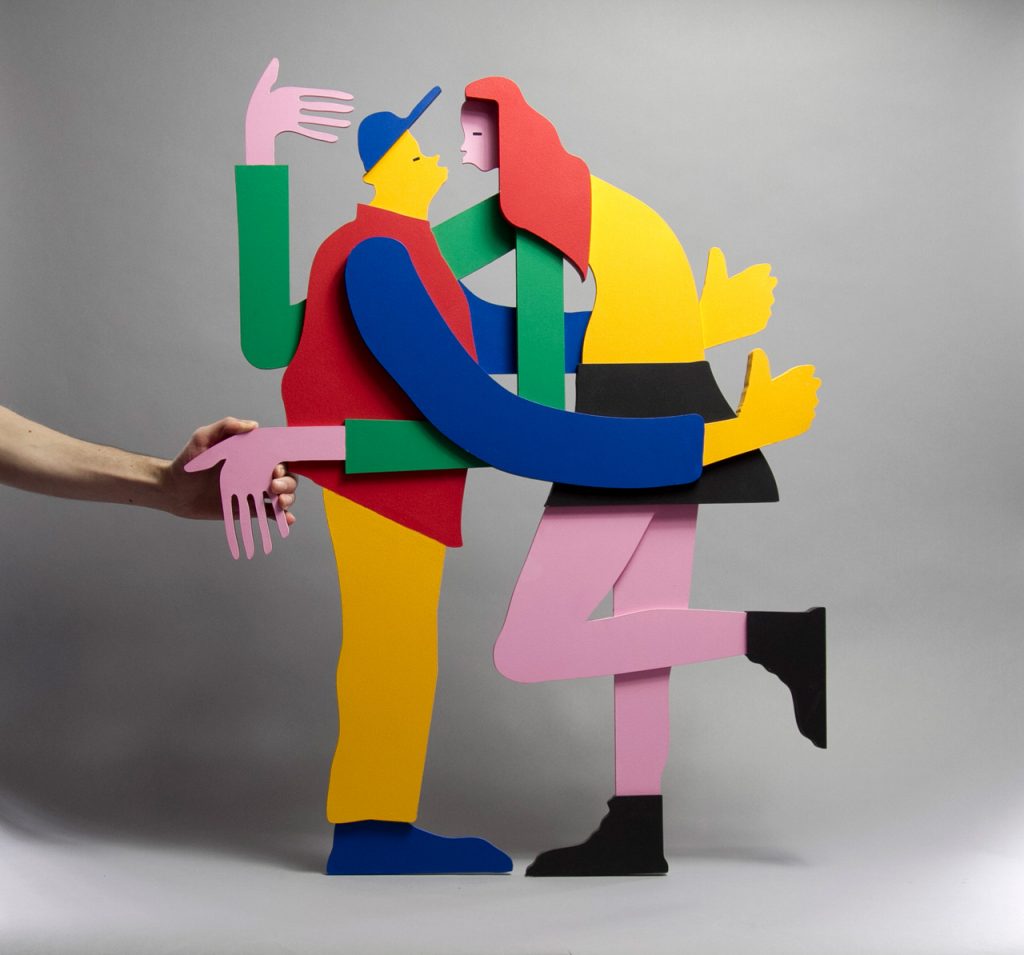
What three things would you advise an artist to do to help them get noticed?
Be selective with what you include in your portfolio. Including a handful of solid projects that you’re really proud of is better than having 100 things in there for the sake of it. It’s also good to think of your portfolio as a place to show the kind of projects you’re interested in doing more of.
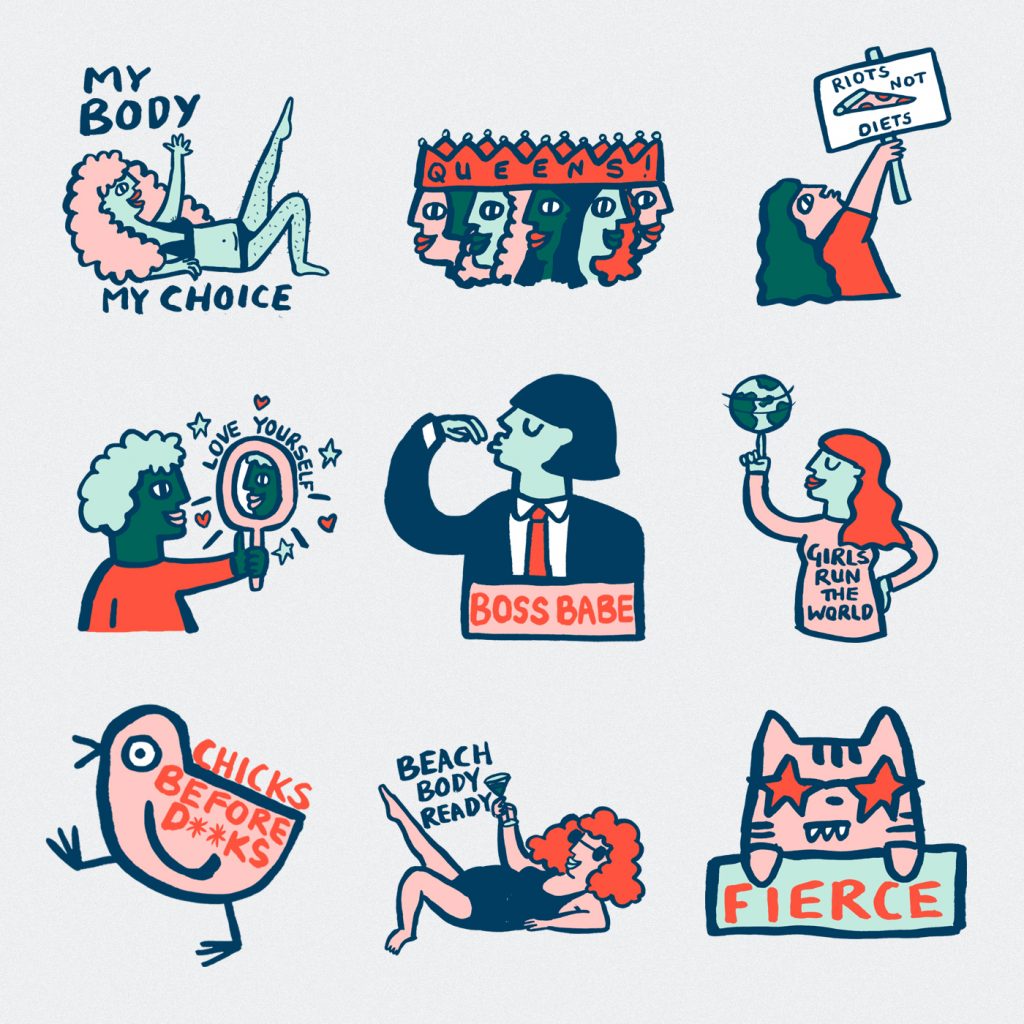
Pursuing personal projects and collaborating with others are good ways of scratching a creative itch, and they can also help build your audience and take your portfolio in a particular direction.
Think about what makes your artwork unique to you
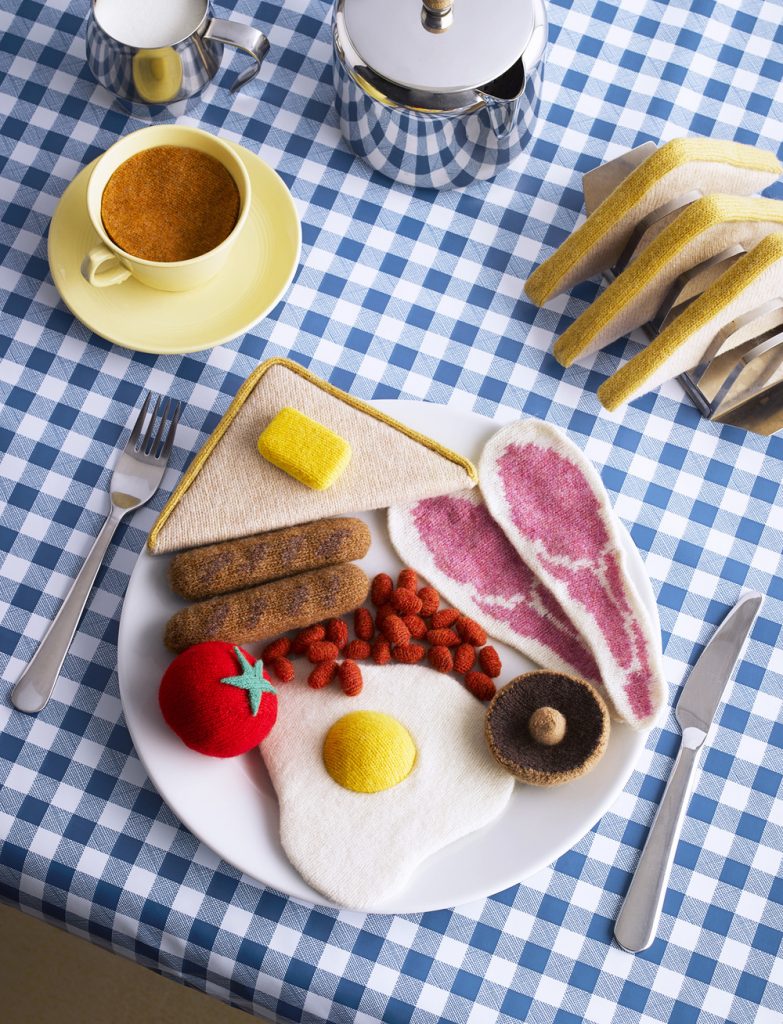
Think about what makes your artwork unique to you. Is it instantly recognisable as your own? Think about what comes through in your work, whether that’s to do with the visual style, the way you think, your sense of humour or your passions.
What are the highlights of what you do?
Working with artists as they evolve their practice and renew their passions is a big highlight. We’re always super impressed with the originality and energy of our artists, and love seeing projects take shape. We try and make sure our marketing efforts are tailored to each artist, and we get to create some fun outputs as part of it. Making new connections with potential clients and collaborators on this level is great as it feels as though we’re building really solid relationships.
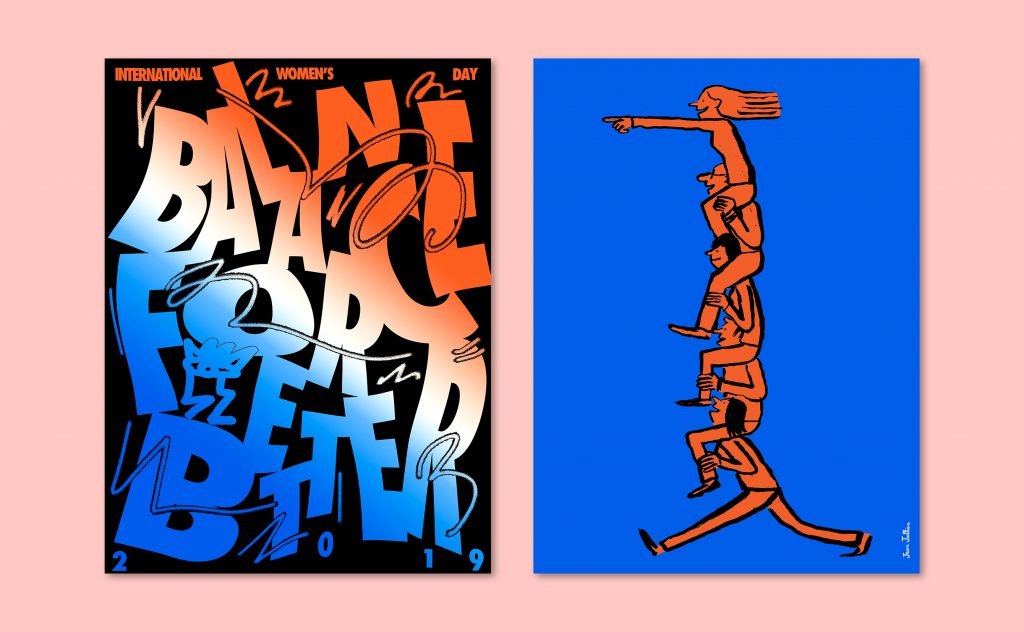
We do our best to work on projects that encourage positive change, and at the end of last year, we launched our editorial platform &wherefore as a place to initiate our own collaborations. One of our big highlights was this year’s International Women’s Day; we enlisted 20 brilliant creatives to design a limited edition range of prints for charity. We love these kinds of projects, where we get to work with our roster, and with the wider creative community, to contribute to something bigger.
And the hardest part?
On the whole, our role is very collaborative but of course, there are times when it can be a careful balancing act between getting the best possible outcome for artists and making sure the client is happy. Although this is one of our big challenges, it’s also one of the most important ways we can support our artists on a project-to-project basis.
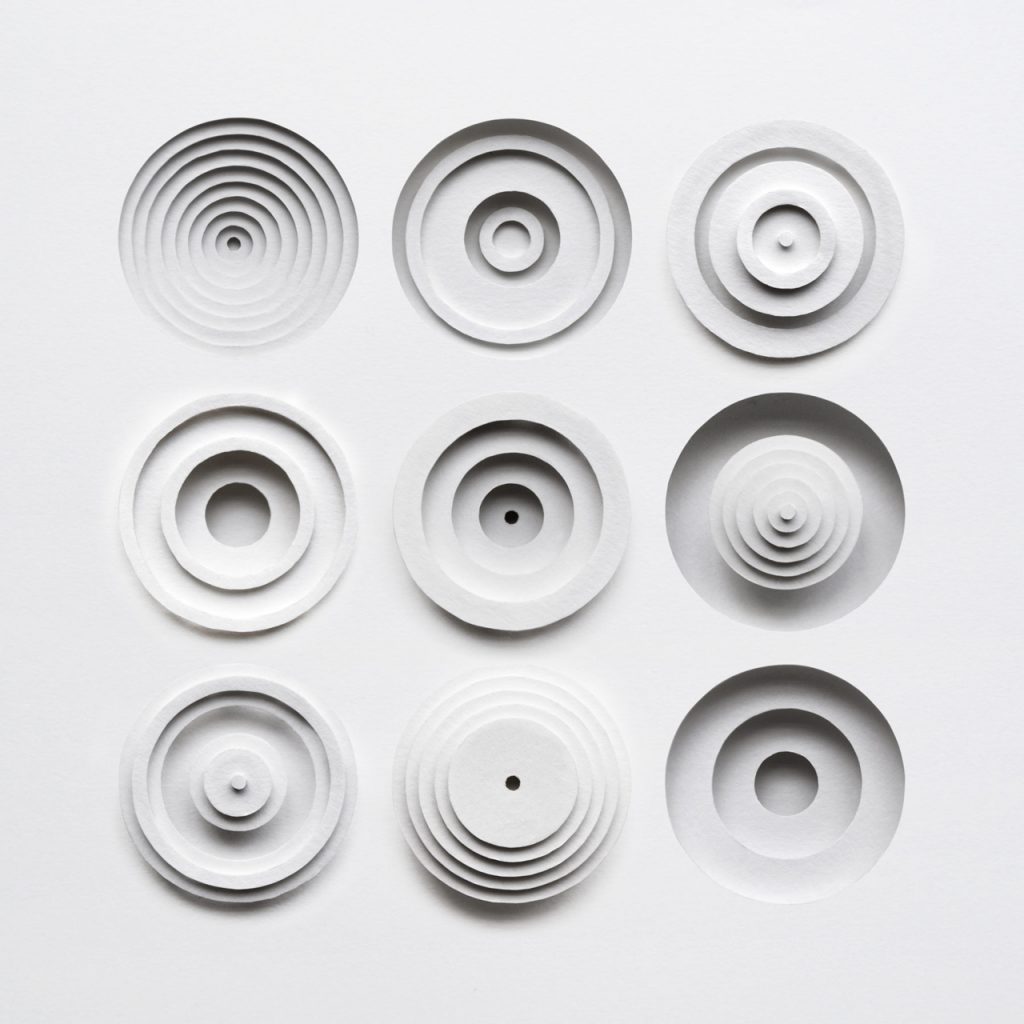
The Grand Matter Collection is available here for a limited time only.



